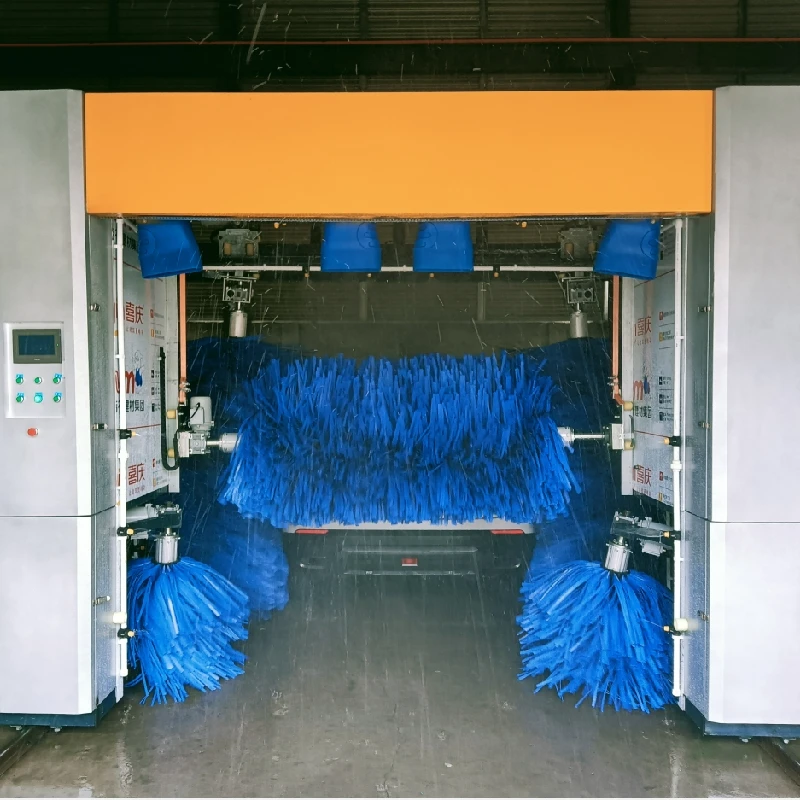1 月 . 29, 2025 01:38
Back to list
pressure washer for car psi
Choosing the Right PSI for Your Car Pressure Washer
Trustworthiness in product branding adds another layer in selecting a pressure washer. Reliable brands often provide clear guidelines on the appropriate PSI settings, with manuals and expert customer support to back their usage recommendations. Brands that invest in quality assurance tests and user-friendly designs tend to be more trustworthy options for consumers. Moreover, consumer reviews and forums can offer valuable feedback. Vehicles vary widely in their construction and paint quality, and input from other users with similar car models can help in adjusting PSI settings appropriately. An engaged community of users often highlights both the merits and potential pitfalls of particular pressure washers and settings. From a practical standpoint, PSI adjustments should be tested on a less conspicuous part of the car before proceeding to more visible areas. This trial run can avert potential damage by allowing you to gauge the effectiveness and safety of your settings. Continuous learning and adaptation based on specific car needs underscore the broader practice of effective automotive care. Lastly, maintaining the pressure washer itself assures long-term reliability and performance. Regular checking for hose leaks, pump function, and nozzle integrity ensures consistent pressure delivery and prevents unexpected spikes that could cause damage. In conclusion, while high PSI might tempt complete and fast eradication of stubborn stains, the judicious approach integrates controlled PSI levels, appropriate nozzle choice, and systematic application of detergents. This keen balance of pressure optimizes cleaning efficiency, safeguards vehicle investment, and exemplifies the integration of experience, expertise, authority, and trust in automotive care best practices.


Trustworthiness in product branding adds another layer in selecting a pressure washer. Reliable brands often provide clear guidelines on the appropriate PSI settings, with manuals and expert customer support to back their usage recommendations. Brands that invest in quality assurance tests and user-friendly designs tend to be more trustworthy options for consumers. Moreover, consumer reviews and forums can offer valuable feedback. Vehicles vary widely in their construction and paint quality, and input from other users with similar car models can help in adjusting PSI settings appropriately. An engaged community of users often highlights both the merits and potential pitfalls of particular pressure washers and settings. From a practical standpoint, PSI adjustments should be tested on a less conspicuous part of the car before proceeding to more visible areas. This trial run can avert potential damage by allowing you to gauge the effectiveness and safety of your settings. Continuous learning and adaptation based on specific car needs underscore the broader practice of effective automotive care. Lastly, maintaining the pressure washer itself assures long-term reliability and performance. Regular checking for hose leaks, pump function, and nozzle integrity ensures consistent pressure delivery and prevents unexpected spikes that could cause damage. In conclusion, while high PSI might tempt complete and fast eradication of stubborn stains, the judicious approach integrates controlled PSI levels, appropriate nozzle choice, and systematic application of detergents. This keen balance of pressure optimizes cleaning efficiency, safeguards vehicle investment, and exemplifies the integration of experience, expertise, authority, and trust in automotive care best practices.
Related PRODUCTS




